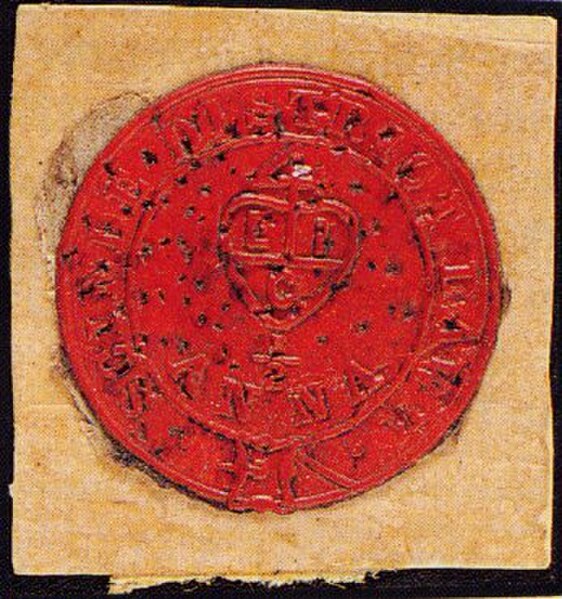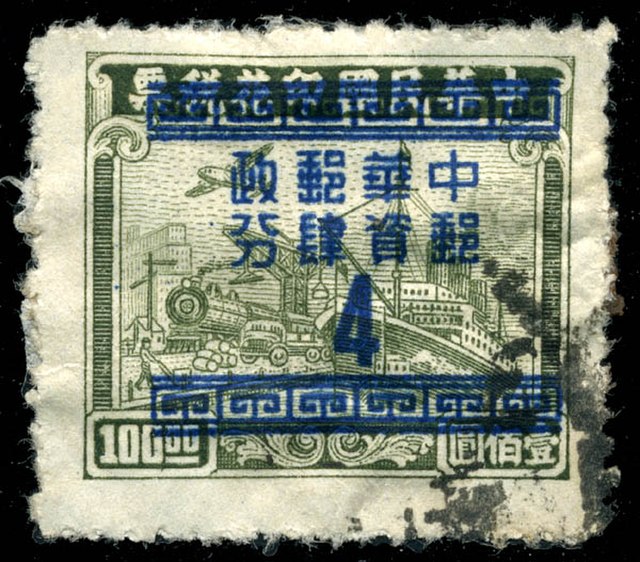A postage meter or franking machine is a mechanical device used to create and apply physical evidence of postage to mailed items. Postage meters are regulated by a country's postal authority. A postage meter imprints an amount of postage, functioning as a postage stamp, a cancellation and a dated postmark all in one. The meter stamp serves as proof of payment and eliminates the need for adhesive stamps.
The Pitney Bowes Model M postage meter 1920
An early machine pictured on a 1932 envelope from Brazil addressed to Pitney Bowes
The mail or post is a system for physically transporting postcards, letters, and parcels. A postal service can be private or public, though many governments place restrictions on private systems. Since the mid-19th century, national postal systems have generally been established as a government monopoly, with a fee on the article prepaid. Proof of payment is usually in the form of an adhesive postage stamp, but a postage meter is also used for bulk mailing.
A postman collecting mail for delivery
Many early post systems consisted of fixed courier routes. Here, a post house on a postal route in the 19th century Finland
The use of the Scinde Dawk adhesive stamps to signify the prepayment of postage began on 1 July 1852 in the Scinde/Sindh district, as part of a comprehensive reform of the district's postal system.
China 4-cent on 100-dollar silver overprint of 1949






